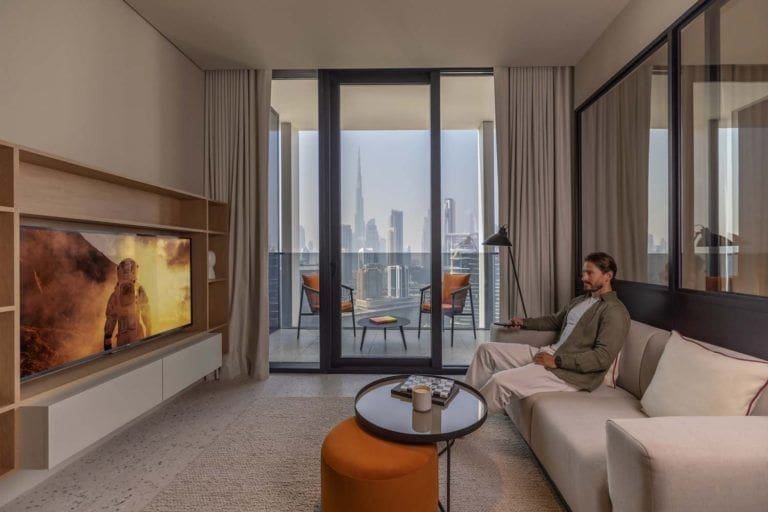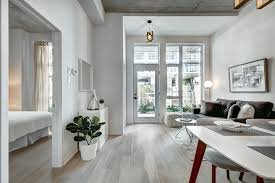
Dubai’s rental market offers a wide range of options for every lifestyle and budget. One of the biggest decisions tenants and investors face is choosing between furnished vs unfurnished properties. Each has unique advantages and challenges, and the right choice often depends on your financial goals, lifestyle, and length of stay in the city.
This guide breaks down the key differences, pros and cons, and the type of renters each option best suits—helping you make a confident decision before signing that lease or investment deal.
Dubai’s real estate market is one of the most dynamic in the world. With a large expatriate population, high rental demand, and evolving lifestyle preferences, the city offers something for everyone—from short-term renters seeking convenience to long-term residents looking for customization.
In areas like Dubai Marina, Downtown, and Business Bay, furnished apartments dominate the market due to their appeal to professionals and tourists. Meanwhile, Jumeirah Village Circle (JVC), Mirdif, and Al Barsha often feature more unfurnished options, catering to families planning longer stays.
Before choosing, it’s essential to understand what each option truly offers and how it aligns with your goals.
A furnished property in Dubai typically includes all the essentials for comfortable living—furniture, kitchen appliances, lighting, and sometimes even décor. Many also come with modern finishes and utilities, ready for immediate move-in.
Furnished rentals are particularly popular in serviced apartment buildings or in communities that attract corporate tenants and tourists.
Common inclusions in furnished properties:
Some luxury furnished apartments even go a step further, offering housekeeping, concierge services, and hotel-style amenities.

An unfurnished property typically provides a clean, empty space with essential fixtures such as built-in wardrobes, kitchen cabinets, and sometimes major appliances like a cooker or washing machine.
These properties allow tenants to personalize their living space according to their taste and budget, making them ideal for those planning to stay long-term in Dubai.
Common inclusions in unfurnished homes:
Unfurnished homes are a blank canvas—perfect for residents who want to make Dubai truly feel like home.
Furnished apartments provide convenience and flexibility but may not always be the most economical choice.
Pros:
Cons:
For example, a furnished one-bedroom apartment in Downtown Dubai might rent for AED 130,000 annually, while the same unfurnished unit could be available for AED 110,000—a noticeable difference if you plan to stay multiple years.
Unfurnished properties, while less convenient initially, often provide better long-term value and freedom.
Pros:
Cons:
If you are an expat planning to live in Dubai for more than three years, unfurnished rentals often make more financial sense, as your furniture cost spreads over time.

When comparing furnished and unfurnished rentals in Dubai, cost plays a major role.
| Category | Furnished | Unfurnished |
|---|---|---|
| Monthly Rent | 10–25% higher | Lower |
| Security Deposit | 10% of annual rent | 5% of annual rent |
| Upfront Costs | Minimal | High (furniture, appliances) |
| Flexibility | High (easy move-in/out) | Low |
| Long-Term Value | Moderate | High |
| Target Tenants | Short-term expats, corporate | Families, long-term residents |
Furnished apartments may seem more expensive, but they eliminate setup costs. Unfurnished ones, however, save more over time—especially if you stay longer than two years.
Furnished apartments are perfect for:
They are especially suitable in areas like Dubai Marina, JLT, and Downtown, where lifestyle amenities are part of the appeal.
Unfurnished apartments are better for:
Communities like Arabian Ranches, The Springs, and Mirdif offer spacious unfurnished homes ideal for family life.
For investors, both options can be profitable—depending on the target market.
Furnished units often yield higher short-term returns, especially in prime areas and through holiday home rentals. However, they involve higher maintenance and frequent tenant turnover.
Unfurnished units attract long-term tenants, reducing vacancy risk and wear-and-tear costs. The rental yield may be slightly lower, but the stability often outweighs that.
Investment Tip:
If your property is in a tourist-heavy area like Downtown or Palm Jumeirah, furnishing it can maximize short-term gains. For suburban or family-oriented communities, keeping it unfurnished ensures steady, reliable income.
Choosing between furnished and unfurnished goes beyond just money—it’s about how you live.
Ask yourself:
A digital nomad may prioritize flexibility and choose furnished. A family with school-going children, however, would likely prefer the stability of an unfurnished home they can shape to their liking.
In recent years, Dubai has seen a rise in demand for furnished apartments, driven by remote work culture and the influx of digital nomads. Developers and landlords now cater to this demand with “ready-to-move” homes offering modern interiors and smart home technology.
However, unfurnished homes still dominate the overall market, especially in villa communities. Families and long-term expats continue to prefer them due to customization and cost-effectiveness.
Market experts note that the gap between furnished and unfurnished rent prices has widened, but so has the convenience factor of furnished options—creating a balanced demand for both segments.

The furnished vs unfurnished debate ultimately depends on your lifestyle, financial plan, and long-term vision in Dubai.
Dubai’s vibrant rental market ensures that both options have a strong place—and whichever you choose, understanding the trade-offs will help you make a decision that suits your goals perfectly.
Final Takeaway:
Whether you’re a tenant searching for comfort or an investor seeking returns, the key is to align your choice with your stay duration and lifestyle needs. In a city as diverse as Dubai, both furnished and unfurnished homes can work beautifully—if you choose with clarity and purpose.
Do Follow Estate Magazine on Instagram
Maximize Rental Yield in Dubai: Proven Tips for Smart Investors
